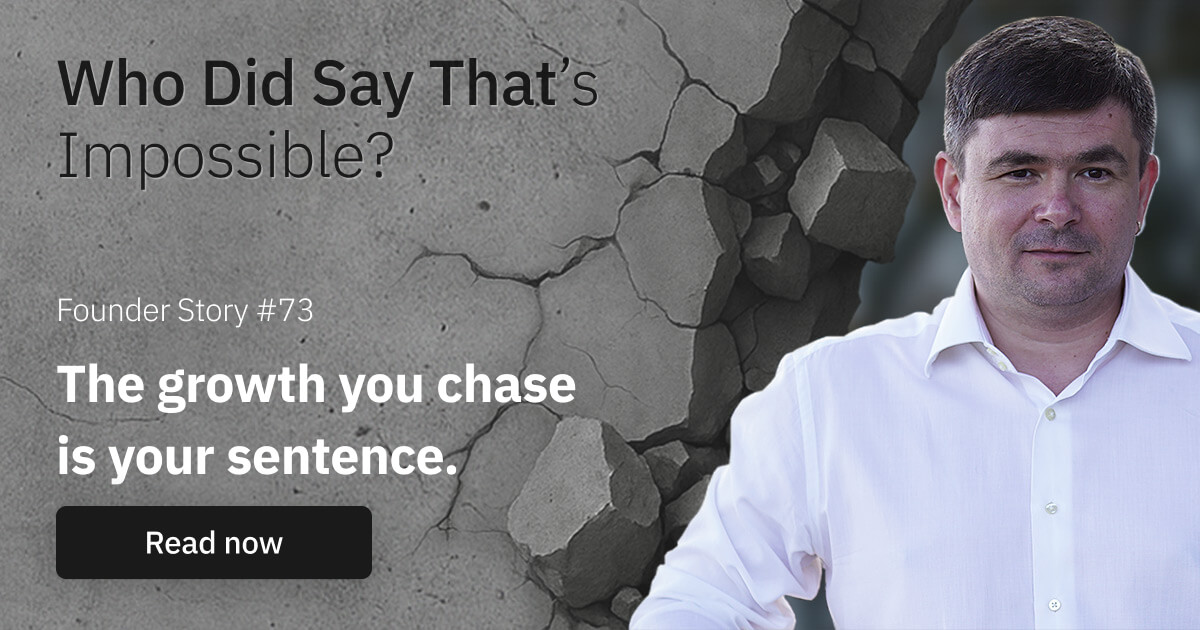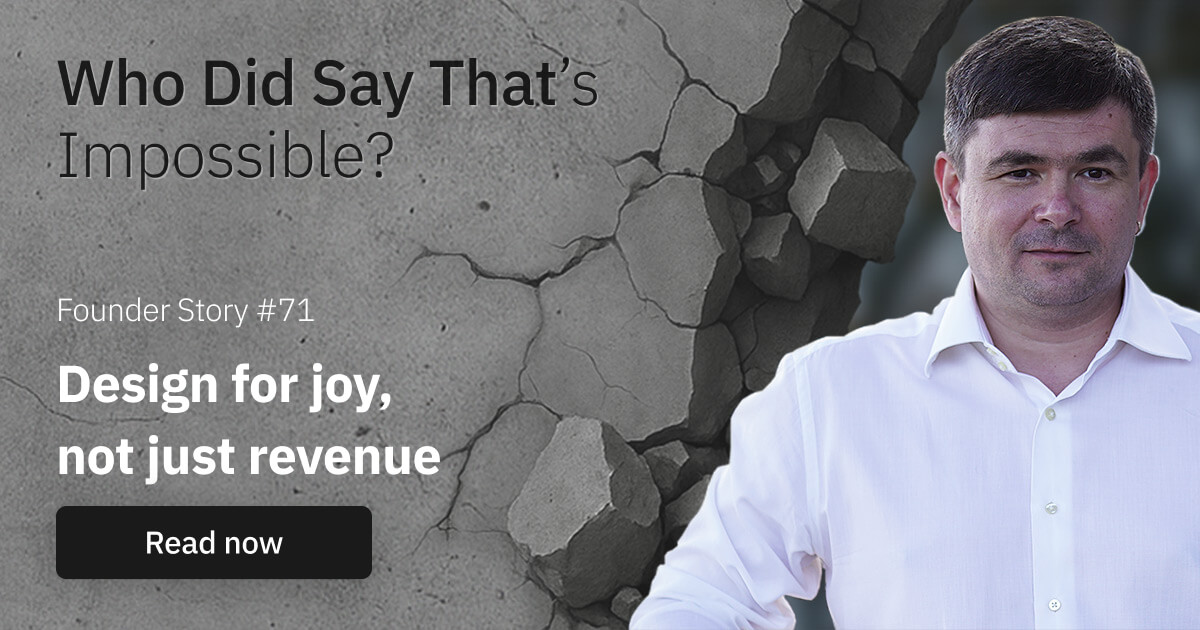The truth you don’t want to admit
Or minute of realizing that every SOP is still a conversation about meaning
Every founder eventually learns to love systems. SOPs. Frameworks. Notion dashboards. We see them as a cure for chaos — the proof that the business is finally “grown up.”
But no matter how perfect the architecture looks on paper, it all collapses the moment people stop believing in it. Because no matter how digital your operations become, every process ends with a person.
And people don’t move because of rules. They move because of meaning.
Why they show up in the first place
I used to believe people came to work for the same reasons I built a company — to create, to grow, to prove something.
But they don’t.
People come to work to reduce risk. To trade uncertainty for stability. To know that on the first of the month, something will hit their bank account.
Founders gamble. Employees hedge.
And that’s okay. But if you forget it — if you expect your people to think like owners without giving them ownership, or to embrace change without showing why it matters — you’ll keep fighting ghosts.
The human resistance machine
Every new system you roll out — every rhythm, KPI, or scorecard — threatens the fragile equilibrium of predictability that people build around their work.
They think:
“What if I fail this new standard?”
“What if they finally see how little I actually do?”
Or worse:
“What if they give me more work for the same pay?”
Fear always beats enthusiasm. That’s why your new initiative dies not with protest, but with politeness.
Everyone nods. Everyone agrees. And then quietly goes back to doing things the old way.
What really changed everything for me
I thought alignment came from better dashboards. More structure. More metrics.
But it only came when I made the game visible.
Years ago, after reading The Great Game of Business, I tried something that terrified me — I opened up our financials.
I showed the team where the money came from, where it went, and how fragile it actually was.
I built a bonus model tied directly to results. No politics. No favors. Just cause and effect.
When people saw how their actions impacted revenue — and how that revenue shaped what they took home — everything shifted.
Suddenly, they cared about systems. Not because I said so. But because those systems became their way of winning.
Meaning before mechanics
You can automate workflows. You can document every process. You can even build AI agents to track performance and nudge accountability. But if the person behind the dashboard doesn’t understand what’s in it for them — you’ve built a machine that runs on resentment.
The hard truth is this: delegation doesn’t fail because people are incompetent. It fails because you gave them tasks, not stakes.
People don’t resist systems. They resist meaningless systems.
How I design for buy-in now
Today, when helping my clients before rolling out any operational change, I ask them to start with one simple question:
“How does this help my people win?”
Not just the company — them.
If the answer isn’t clear, my advice is simple: stop right there.
Because if you can’t connect their work to their outcome, they won’t either.
The founder’s real job isn’t to design structure. It’s to connect structure to purpose — and purpose to people.
Without that, every process is just another way to remind them they work for you, not with you.
And nothing kills ownership faster than that.
- Eugene
Join the “most offbeat” Businessletter on entrepreneurship.

Hi, I’m Eugene.
Over the past 20+ years, I’ve grown an international agency from one-person freelance to a multimillion-dollar business. I’ve led teams, scaled systems, burned out, rebuilt, and learned (the hard way) what it really takes to run a business that doesn’t consume your life.
I help them make sense of complexity, design simple systems, and create the kind of business they actually want to run.
More Stories
Founder Stories

The growth you chase is your sentence
Or minute of realizing that not all growth is progress

The Ghosting Era
Or minute of realizing it’s not rejection — it’s noise without structure


